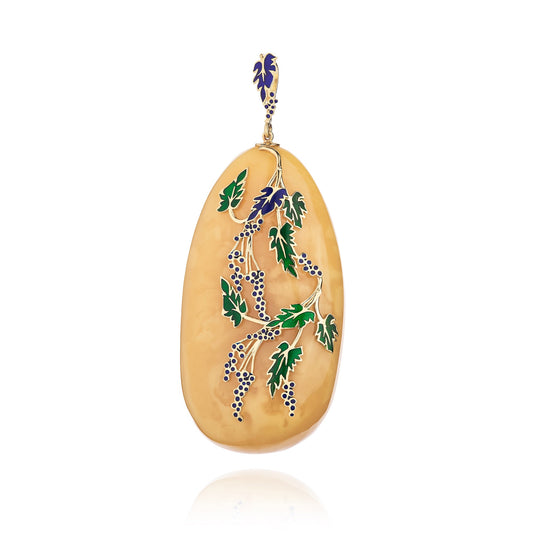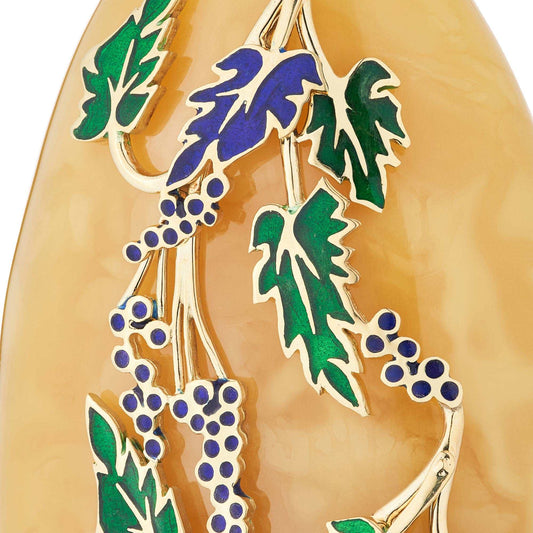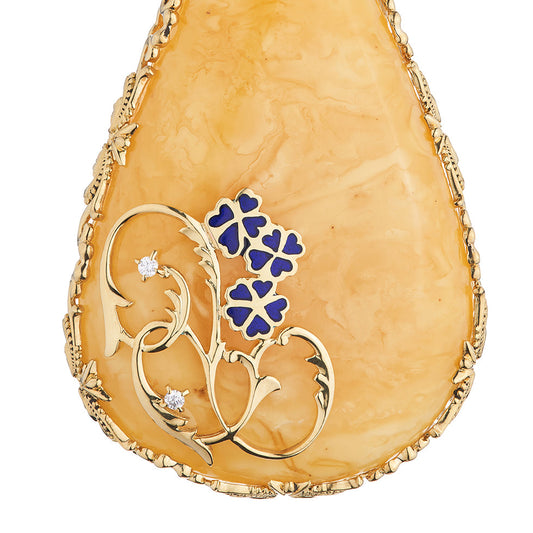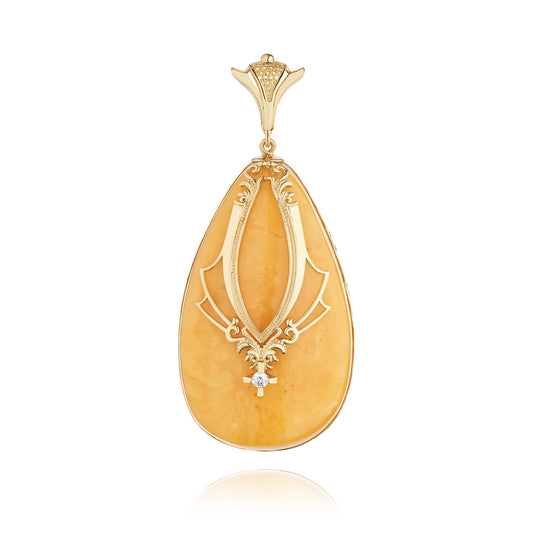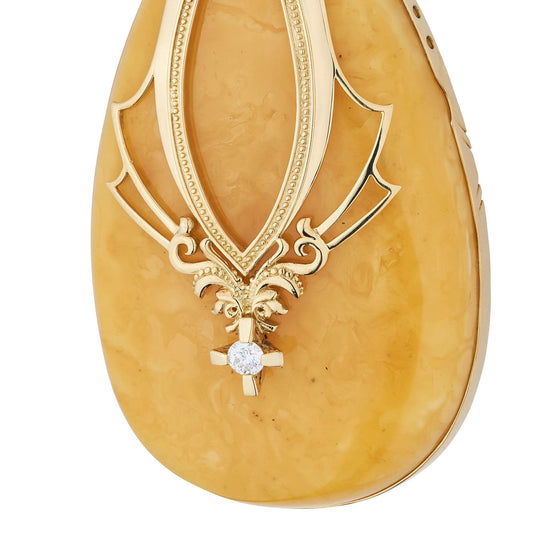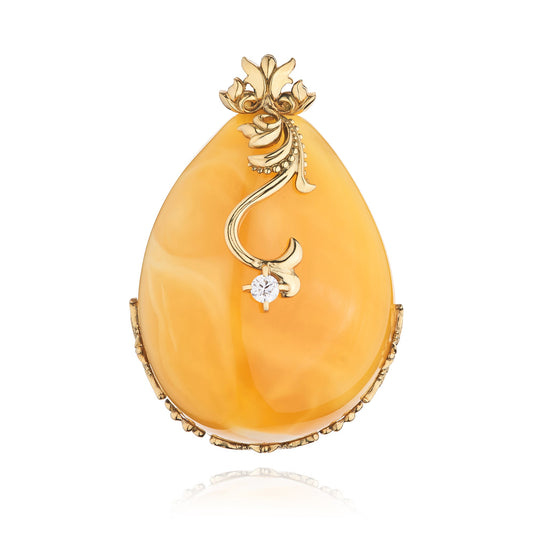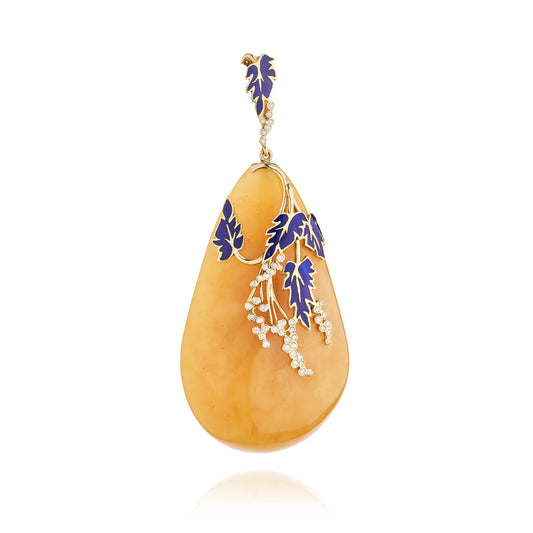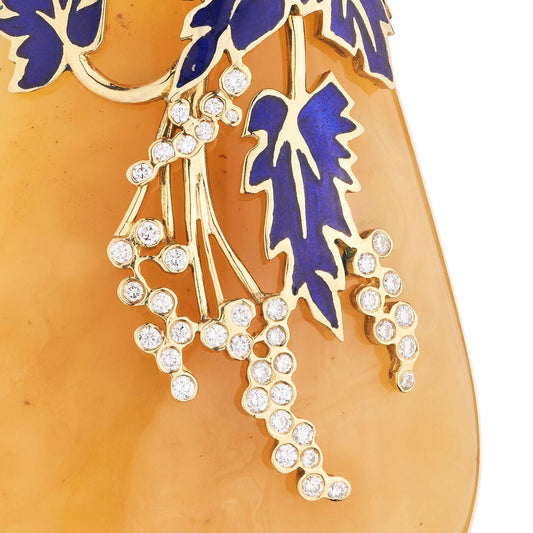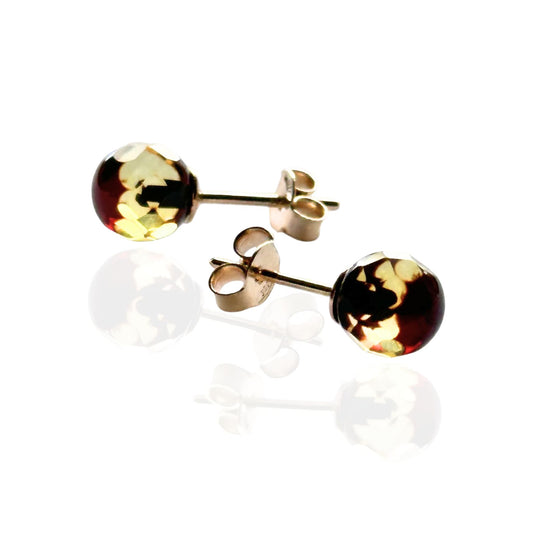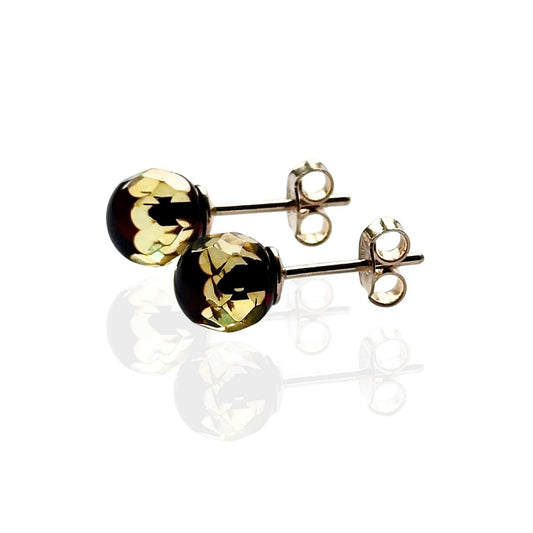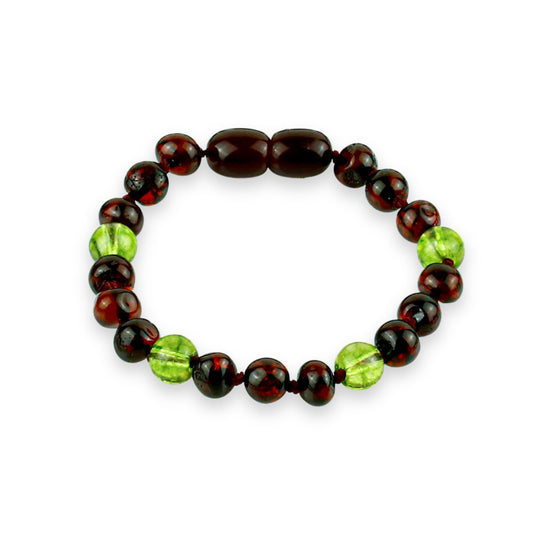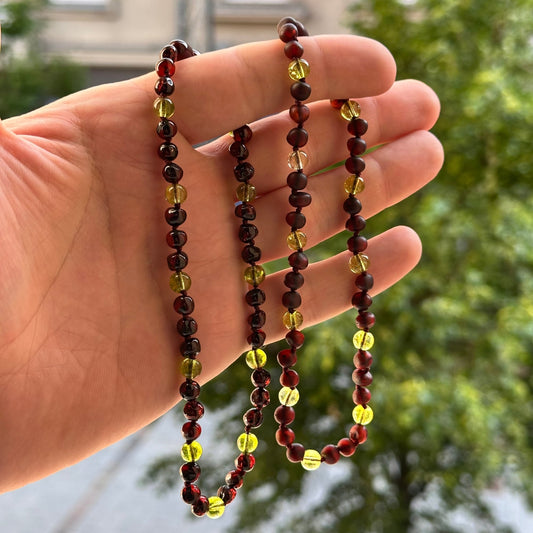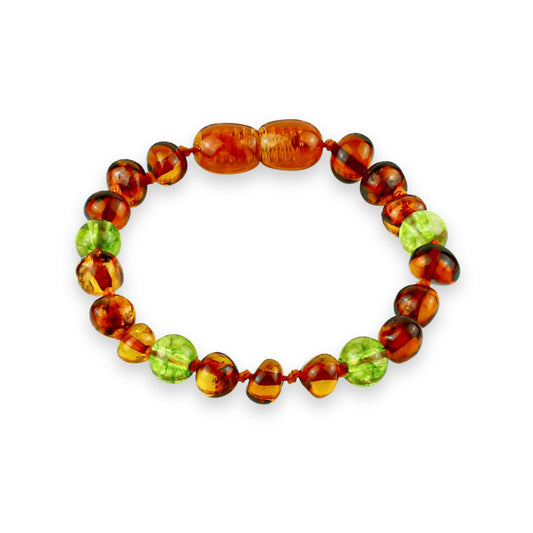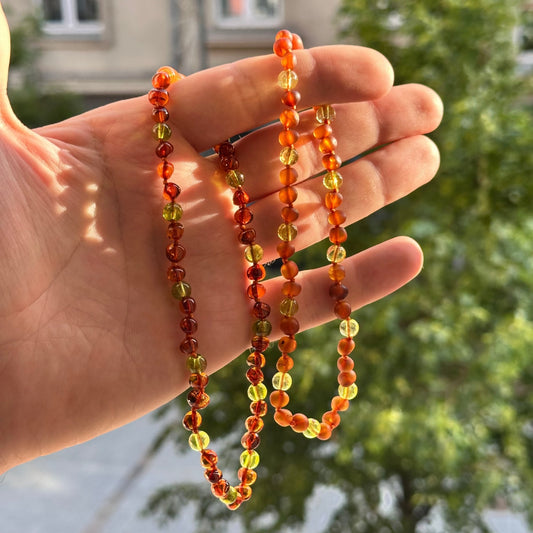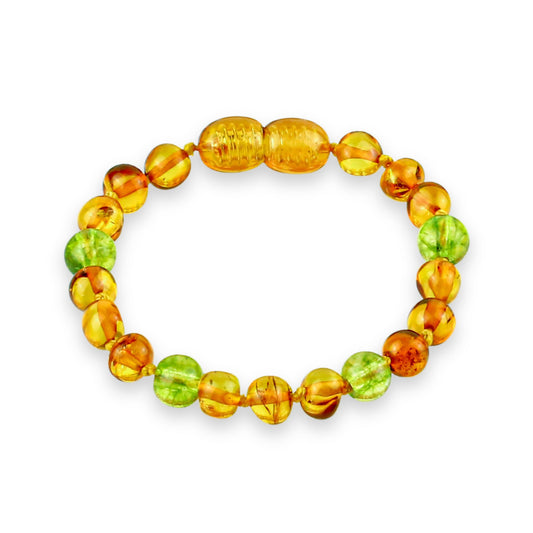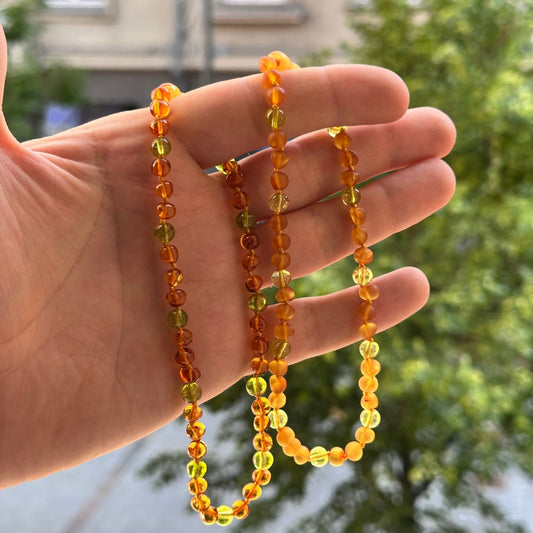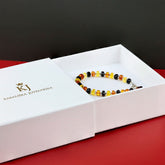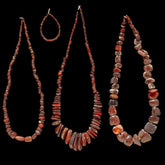The history of Baltic amber: from ancient times to the present day
by
Tairis Jasaitis
28 Mar 2025
Baltic amber is not only a natural wonder, but also an important cultural and historical heritage with deep roots in Europe, especially in the Baltic Sea region. Known for its warm golden hue and unique structure, this stone captivates not only with its beauty, but also with its millennia-long history, entrenched in various cultures and traditions.
The emergence and formation of amber
Baltic amber was formed millions of years ago from fossilized resins secreted by coniferous trees. Over time and under the right conditions, these resins turned into amber, which is found today on the shores of the Baltic Sea, especially in Lithuania, Latvia and Estonia. Amber is not only a stone, but also an organic substance with exceptional properties that have made it valuable since ancient times.
Amber in ancient cultures
Amber was used as a decorative item as early as 10,000 years ago, and its value was known not only in the Baltic region, but also in distant lands. Archaeological finds show that amber was transported and used in many ancient cultures, from Egypt to the Roman Empire. Due to its exceptional shine and warm color, it was considered a symbol with magical powers.
Baltic amber was an important trade item. Ancient Baltic tribes, such as Lithuanians, Latvians and Prussians, traded amber with other European cultures, especially with the ancient Roman Empire. Amber was valued not only as jewelry, but also as amulets, it was believed that amber protected against diseases and evil spirits. It was a prestigious commodity, used both in everyday life and in rituals and ceremonies.
Viking Age and the Amber Trade
The Vikings, who lived in Scandinavia and brought their trade and cultural influence to northern Europe, were also involved in the amber trade. Their trade routes covered most of the Baltic Sea region, and amber became one of the main goods exchanged between the Vikings and the Baltic tribes. The Vikings valued amber for its beauty and were known for their exquisite jewelry made with amber. They transported amber on their northern trade voyages, thus gaining prestige and establishing ties with other nations.
Archaeological finds show that amber was used not only as jewelry, but also as a means of trade between various European cultures. For example, amber items found in Viking graves testify to the high value of this material. In addition, amber was used as amulets, believed to provide protection and strengthen fighting spirits.
Large amber finds and their significance
Several large amber finds reveal how important this stone was to ancient people. In 1837, a special amber find was found in the Læsten bog near Randers, Denmark, containing more than 4,000 beads. This find weighed 8.5 kg and was one of the largest amber finds known. However, it was not a unique find. In northern Jutland, in the Mollerup area, as many as 12,849 amber beads were found that were sacrificed to higher powers. Many of the beads were brand new, and their surfaces still show traces of manufacturing, which would have quickly worn away if they had been used as jewelry. These finds show how amber was used both as a trade object and as a ritual object.
Production of amber beads
To make large amber jewelry, natural pieces of amber were usually used. They were drilled and a rope was passed through them. Small beads were cut from a larger piece of amber using a fast-moving rope. Some amber finds found at sacrificial sites were just unfinished pieces of amber that had not yet taken their final shape. The stones were unpolished, but their surface automatically polished by friction from wearing.
Uses of Amber Beads
Amber beads were used in a variety of ways in the New Stone Age, but it is not exactly understood how they were worn. In some graves, especially in rich finds, you can see how the beads were strung on a rope. Sometimes you can even find fragments of the remaining rope, which were probably made of intestines. Some beads may have been sewn into clothing, for example, beads in the shape of double axes, which had a clearly visible front and back, may have been used as clothing ornaments, rather than as jewelry worn around the neck.
Amber Offerings
Most amber beads were found as sacrificial finds. The largest amber treasures were collected over several centuries in the middle of the fourth millennium BC. Most of these offerings were left in swamps and other damp places, so it is very unlikely that people hid them in the hope of returning and retrieving them. These finds were considered offerings to higher powers.
Amber in Tombs
Amber beads are found both as sacrificial objects and in tombs. In tombs, amber beads vary greatly in shape and can be divided into many types: double axes, crescents and pointed oval beads. Unfortunately, beads found in graves are often poorly preserved, especially in the sandy soils of Jutland, where they are often almost completely decomposed.
Amber today
Today, amber remains an important symbol in the culture of the Baltic States. It has not only remained popular as jewelry and souvenirs, but has also become an important tourist attraction. Amber museums, such as the Amber Museum in Palanga, Lithuania, attract tourists from all over the world who are interested in the history of amber and the traditions of its processing.
Moreover, amber is used today not only in jewelry, but also in various industries, for example, in the production of cosmetics, medicines, and even electronics, where its properties are applied in special technologies.
The significance of amber in culture
Baltic amber has not only material value, but also a deep symbolic and cultural connotation. In Baltic traditions, it was considered a magical stone that gives energy and protects against bad energy. For millennia, amber has been used as amulets and talismans, and this tradition still lives on today.
In many cultures, amber symbolizes eternity and the cycle of life. Its warmth and radiance were associated with the powers of the sun and fire. Today, amber is still an integral part of modern jewelry and design, representing both the culture of the Baltic countries and the unique connection between nature and history.
Baltic amber is more than just a beautiful stone. It not only reflects the intertwining of nature and history, but also has a deep cultural and symbolic weight. From ancient times to the present day, amber has been important in trade, as a magical talisman, and as a prestigious commodity. Its significance in history and culture remains invaluable today.
The emergence and formation of amber
Baltic amber was formed millions of years ago from fossilized resins secreted by coniferous trees. Over time and under the right conditions, these resins turned into amber, which is found today on the shores of the Baltic Sea, especially in Lithuania, Latvia and Estonia. Amber is not only a stone, but also an organic substance with exceptional properties that have made it valuable since ancient times.
Amber in ancient cultures
Amber was used as a decorative item as early as 10,000 years ago, and its value was known not only in the Baltic region, but also in distant lands. Archaeological finds show that amber was transported and used in many ancient cultures, from Egypt to the Roman Empire. Due to its exceptional shine and warm color, it was considered a symbol with magical powers.
Baltic amber was an important trade item. Ancient Baltic tribes, such as Lithuanians, Latvians and Prussians, traded amber with other European cultures, especially with the ancient Roman Empire. Amber was valued not only as jewelry, but also as amulets, it was believed that amber protected against diseases and evil spirits. It was a prestigious commodity, used both in everyday life and in rituals and ceremonies.
Viking Age and the Amber Trade
The Vikings, who lived in Scandinavia and brought their trade and cultural influence to northern Europe, were also involved in the amber trade. Their trade routes covered most of the Baltic Sea region, and amber became one of the main goods exchanged between the Vikings and the Baltic tribes. The Vikings valued amber for its beauty and were known for their exquisite jewelry made with amber. They transported amber on their northern trade voyages, thus gaining prestige and establishing ties with other nations.
Archaeological finds show that amber was used not only as jewelry, but also as a means of trade between various European cultures. For example, amber items found in Viking graves testify to the high value of this material. In addition, amber was used as amulets, believed to provide protection and strengthen fighting spirits.
Large amber finds and their significance
Several large amber finds reveal how important this stone was to ancient people. In 1837, a special amber find was found in the Læsten bog near Randers, Denmark, containing more than 4,000 beads. This find weighed 8.5 kg and was one of the largest amber finds known. However, it was not a unique find. In northern Jutland, in the Mollerup area, as many as 12,849 amber beads were found that were sacrificed to higher powers. Many of the beads were brand new, and their surfaces still show traces of manufacturing, which would have quickly worn away if they had been used as jewelry. These finds show how amber was used both as a trade object and as a ritual object.
Production of amber beads
To make large amber jewelry, natural pieces of amber were usually used. They were drilled and a rope was passed through them. Small beads were cut from a larger piece of amber using a fast-moving rope. Some amber finds found at sacrificial sites were just unfinished pieces of amber that had not yet taken their final shape. The stones were unpolished, but their surface automatically polished by friction from wearing.
Uses of Amber Beads
Amber beads were used in a variety of ways in the New Stone Age, but it is not exactly understood how they were worn. In some graves, especially in rich finds, you can see how the beads were strung on a rope. Sometimes you can even find fragments of the remaining rope, which were probably made of intestines. Some beads may have been sewn into clothing, for example, beads in the shape of double axes, which had a clearly visible front and back, may have been used as clothing ornaments, rather than as jewelry worn around the neck.
Amber Offerings
Most amber beads were found as sacrificial finds. The largest amber treasures were collected over several centuries in the middle of the fourth millennium BC. Most of these offerings were left in swamps and other damp places, so it is very unlikely that people hid them in the hope of returning and retrieving them. These finds were considered offerings to higher powers.
Amber in Tombs
Amber beads are found both as sacrificial objects and in tombs. In tombs, amber beads vary greatly in shape and can be divided into many types: double axes, crescents and pointed oval beads. Unfortunately, beads found in graves are often poorly preserved, especially in the sandy soils of Jutland, where they are often almost completely decomposed.
Amber today
Today, amber remains an important symbol in the culture of the Baltic States. It has not only remained popular as jewelry and souvenirs, but has also become an important tourist attraction. Amber museums, such as the Amber Museum in Palanga, Lithuania, attract tourists from all over the world who are interested in the history of amber and the traditions of its processing.
Moreover, amber is used today not only in jewelry, but also in various industries, for example, in the production of cosmetics, medicines, and even electronics, where its properties are applied in special technologies.
The significance of amber in culture
Baltic amber has not only material value, but also a deep symbolic and cultural connotation. In Baltic traditions, it was considered a magical stone that gives energy and protects against bad energy. For millennia, amber has been used as amulets and talismans, and this tradition still lives on today.
In many cultures, amber symbolizes eternity and the cycle of life. Its warmth and radiance were associated with the powers of the sun and fire. Today, amber is still an integral part of modern jewelry and design, representing both the culture of the Baltic countries and the unique connection between nature and history.
Baltic amber is more than just a beautiful stone. It not only reflects the intertwining of nature and history, but also has a deep cultural and symbolic weight. From ancient times to the present day, amber has been important in trade, as a magical talisman, and as a prestigious commodity. Its significance in history and culture remains invaluable today.
